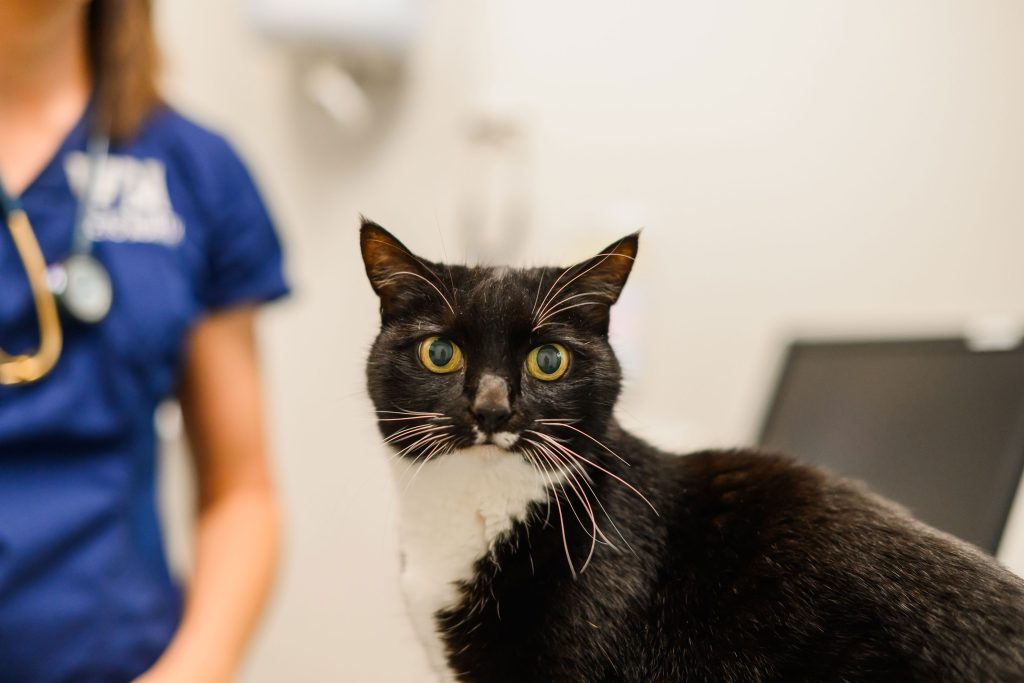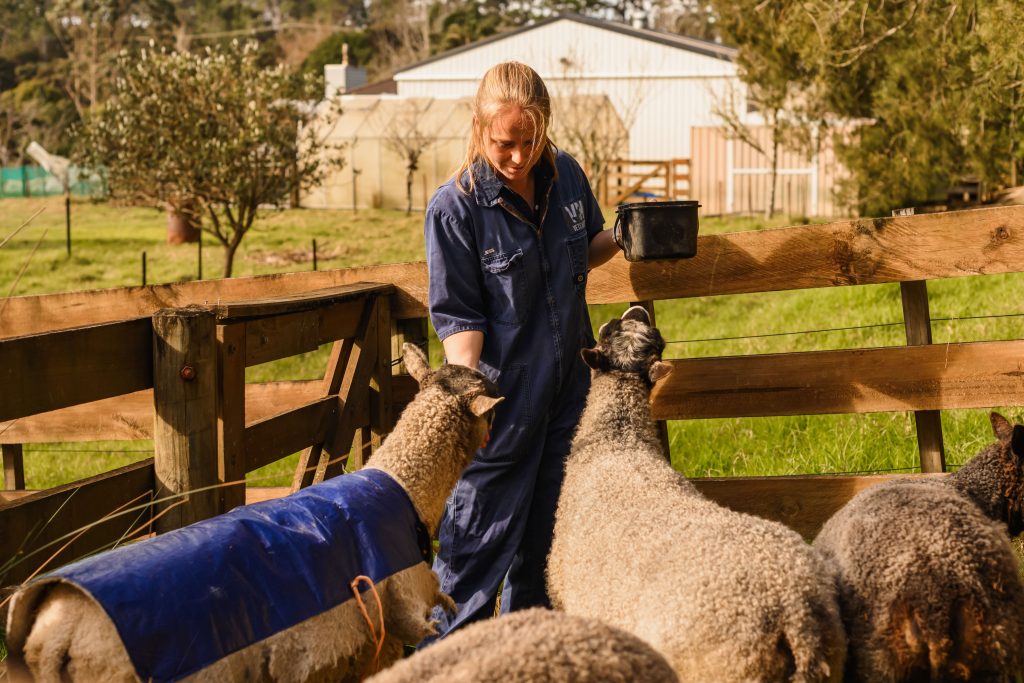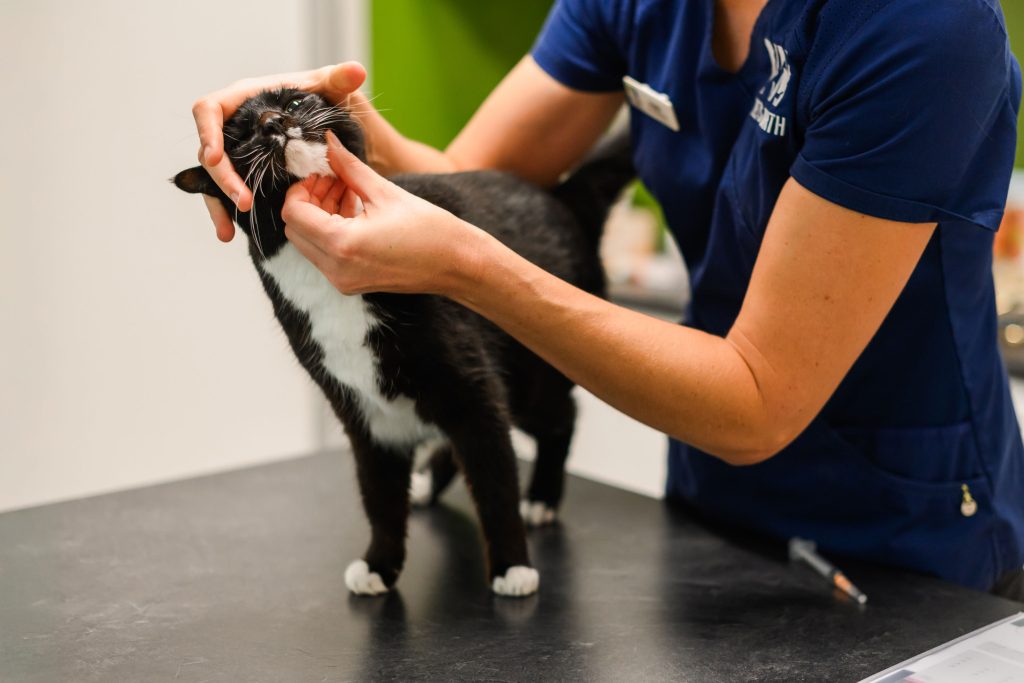
Fireworks and Anxiety
It’s that time of the year again when the fizz pop bang of fireworks can be a source of joy for many humans, but a source of fear and anxiety
Keep up to date with the latest news at Vets North!

Understanding Abomasal Bloat
The abomasum is the fourth stomach in ruminants like sheep. In young ruminants, milk is diverted directly to the abomasum rather than the rumen, where feed will end up once they start grazing. Abomasal bloat occurs when gas produced in the abomasum cannot escape, causing it to inflate like a balloon. This pressure can affect other organs and potentially cause the abomasum to rupture. This condition arises when certain bacteria in the abomasum combine with sugar from a milk diet, rapidly producing a large amount of gas.
What to Do if Your Lamb is Bloated
If your lamb is already bloated, give us a call! We can pass a needle into the stomach to remove the excess gas. Sometimes antibiotics and anti-inflammatories may aid recovery.
Preventing Abomasal Bloat: Yoghurtising Milk
The best way to prevent bloat in lambs is to feed ‘yoghurtised’ milk replacer. This method reduces the amount of sugar available to bacteria in the gut and provides probiotics (beneficial bacteria) that compete with harmful bacteria, preventing them from overpopulating the gut. Feeding this mixture cold also slows the breakdown of any remaining sugars, further reducing the risk of bloat.
How to Prepare Yoghurtised Milk
There are various recipes for yoghurtising milk, but a practical approach is to prepare 5-7 days’ worth at a time, as the mix won’t last much longer than that in the fridge. Here’s a simple method:

It’s that time of the year again when the fizz pop bang of fireworks can be a source of joy for many humans, but a source of fear and anxiety

Dental Disease in Pets Ready to Sink Your Teeth into this month’s blog post?! Let’s talk about your pets’ gnashers! Who says dental hygiene is just for humans? Your pets’